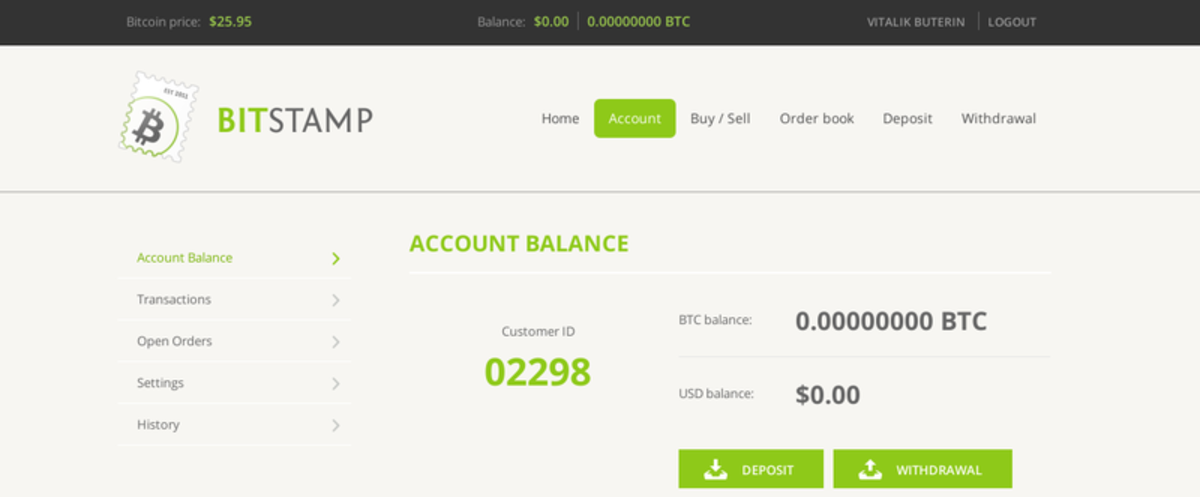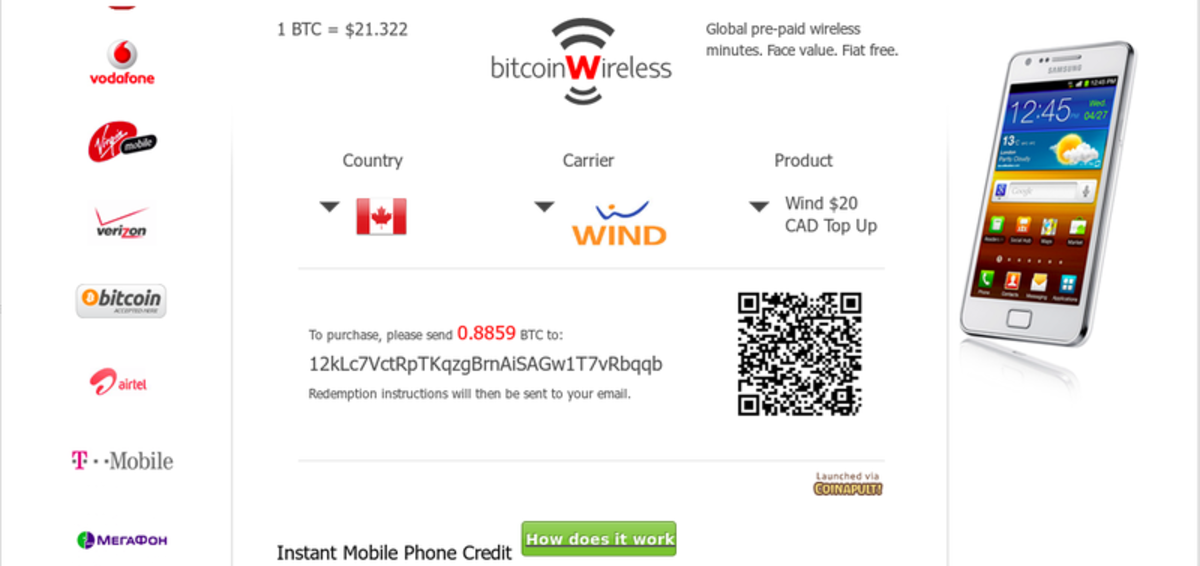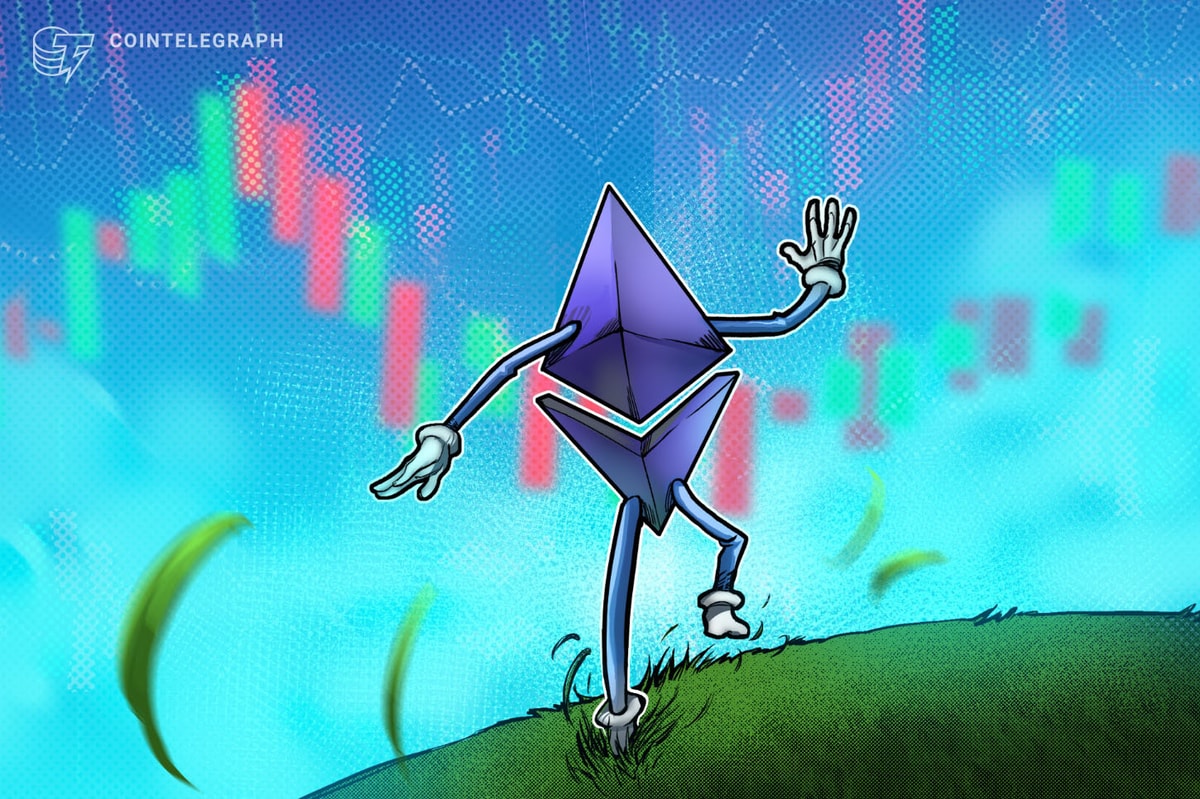
Disclaimer: BitStamp has previously run ads in an edition of the Bitcoin Magazine print edition. This article was written independently of this fact, and the author was not aware of the fact at the time of the article’s writing
Bitcoin exchanges are one of the most important parts of the Bitcoin ecosystem. For those of us who are not lucky enough to have wealthy Bitcoin-owning friends or jobs paying in BTC, they provide a valuable service by making it possible for Bitcoin users to buy and sell bitcoins without finding someone to trade with on their own. For those who use Bitcoin as a way to buy ordinary products, such as electronics at the Bitcoin Store or prepaid cell phone topups at Bitcoin Wireless, cheaper than they can be found elsewhere, Bitcoin exchanges are what provide the necessary liquidity to make their savings possible.
There are a wide variety of Bitcoin exchanges available today, with a wide array of payment methods to choose from. However, many beginning Bitcoin users still find exchanges hard to use. Their concerns are justified; the two most popular online payment methods today, credit cards and PayPal, still cannot be used to buy bitcoins. There is a good reason for this; the chargeback mechanism inherent in these methods of payment makes it trivial to defraud a Bitcoin exchange that accepts them, but nevertheless the relative difficulty of alternative methods of payment remains a significant roadblock to many.
One of the largest Bitcoin exchanges today is called BitStamp. The exchange has been around for one and a half years, and has a trade volume of over $2 million USD per month – a far cry from leading exchange MtGox’s $30 million per month, but larger than any other of its competitors. The exchange is particularly entrenched in its core European market, where MtGox is currently less prominent than it is in the US and elsewhere, although it allows bank deposits from anywhere around the world. Fees are relatively low, with a trade fee of 0.20-0.50%, compared to MtGox’s trade fees of 0.25%-0.60%. The main deposit method is bank transfer, and deposits usually process within 24 hours.
BitStamp’s owner, Nejc Kodric, was first introduced to the Bitcoin community in March 2011, in the same way that so many others were: through mining. Kodric writes: “Back then I owned a computer company – we sold components, laptops, etc. Damijan (a current business partner at Bitstamp) came to me and wanted to buy a mining rig. I knew he was an excellent programmer but I knew he didn’t play that many videogames…so I was curious why would he buy a PC with 2x 2core GPUs – I believe he got 6990s. So he briefly explained what Bitcoin is an what mining is, and about a day later I was already hooked. Not long after Damijan and I started planing on idea of an exchange.” And so, in August 2011, BitStamp was born. The exchange started out small, not picking up any significant volume for its first eight months of operation, but in June 2012 Kodric met with two large buyers who started buying through the exchange – giving the exchange enough of a boost to start to get noticed and truly take off. Since then, growth has been massive.
Although the exchange trades USD-BTC, its primary target is European users. When asked why he made such a counterintuitive choice, Kodric explains: “The simple answer would be, to concentrate liquidity. Back when we started operating, buying bitcoins in EU for USD was a hassle… you would have to wire to MtGox and pay large fees for a wire transfer, and EUR/BTC markets were way underdeveloped. So we figured it would be nice to provide a USD market for Europeans and to accept money at low fees. Many wanted to trade in USD and not EUR, so we introduced our free SEPA deposits with low conversion rates.” BitStamp’s conversion rates are indeed quite favorable, amounting to an effective fee of only about 0.3% in each direction. BitStamp is also planning on soon adding multi-currency support, allowing users to hold funds in USD, GBP, EUR and CHF (Swiss francs), which may further increase the exchange’s efficiency.
SEPA bank deposits are by far the most popular deposit mechanism for European users, and buying BTC with BitStamp through SEPA is a fairly simple process. The full process is as follows:
- Log in (or if needed create an account) at BitStamp, and click on the “Deposit” tab. Click on the EU Bank (SEPA) option on the left, and fill in the form containing your name, how much you want to deposit, and an optional comment.
- Click DEPOSIT. At that point you are given BitStamp’s banking details, as well as an 11-digit “message” number which you must include with your bank deposit as a message in order to get credited.
- Copy down the bank information and make a bank transfer to that account for the amount that you entered in the BitStamp deposit form and containing the 11-digit number that you received in the message. Different banks have different instructions for this step; here are two examples of how the process works for particular banks.
- Wait up to 24 hours for the funds to get credited to your BitStamp account.
- Click on the “Buy/Sell” tab, and click “Buy Bitcoins”. Fill in the amount of USD you want to spend (which is probably your entire USD balance with BitStamp), and click the “BUY BITCOINS” button that appears at the bottom of the mini-form.
- Click on the “Withdrawal” tab, then the “Bitcoin” option on the left, and paste in your Bitcoin address from your Bitcoin wallet, as well as the amount of BTC you want to withdraw (once again, probably all the BTC that you have available). Click “WITHDRAW”, and wait until your Bitcoin client confirms that you have received the transaction (you should get some kind of notification of an unconfirmed transaction within a minute).
And that’s it, enjoy your freshly bought bitcoins, and perhaps take a look at the various places you can spend them. The process for converting BTC to EUR is similar, although the SEPA step is somewhat different as it is now BitStamp that is making the transfer to your account. For international users, there is a minimum deposit fee of $15 per transfer and a 2-5 day waiting period, but the bulk of the process is essentially the same.
BitStamp also prides itself on its security. Over 90% of client funds are stored in offline cold storage, rendering the exchange invulnerable to hacks of the sort that brought Bitcoinica down in 2012. BitStamp internally uses CentOS, an operating system closely based on the RedHat Enterprise Linux distribution which is also known for being used by the US military for its security. To protect users, BitStamp offers a two-factor authentication option with Google Authenticator, an iPhone and Android application that generates one-time passwords that need to be entered alongside your main password whenever BitStamp detects that you are not logging in from your usual computer.
The exchange has a number of future developments coming up for the next few months, although Kodric is not willing to reveal just what most of these upgrades are going to be until they are formally released. For now, BitStamp remains an exchange with one of the more spotless, even if not the most prominent, reputations in the Bitcoin community, with very few complaints about the sorts of deposit and withdrawal delays and anti-fraud and anti-money-laundering compliance hassles that are occasionally reported by users of MtGox and even Coinbase. As the European market for Bitcoin continues to grow, BitStamp looks like it has a very bright future ahead.










